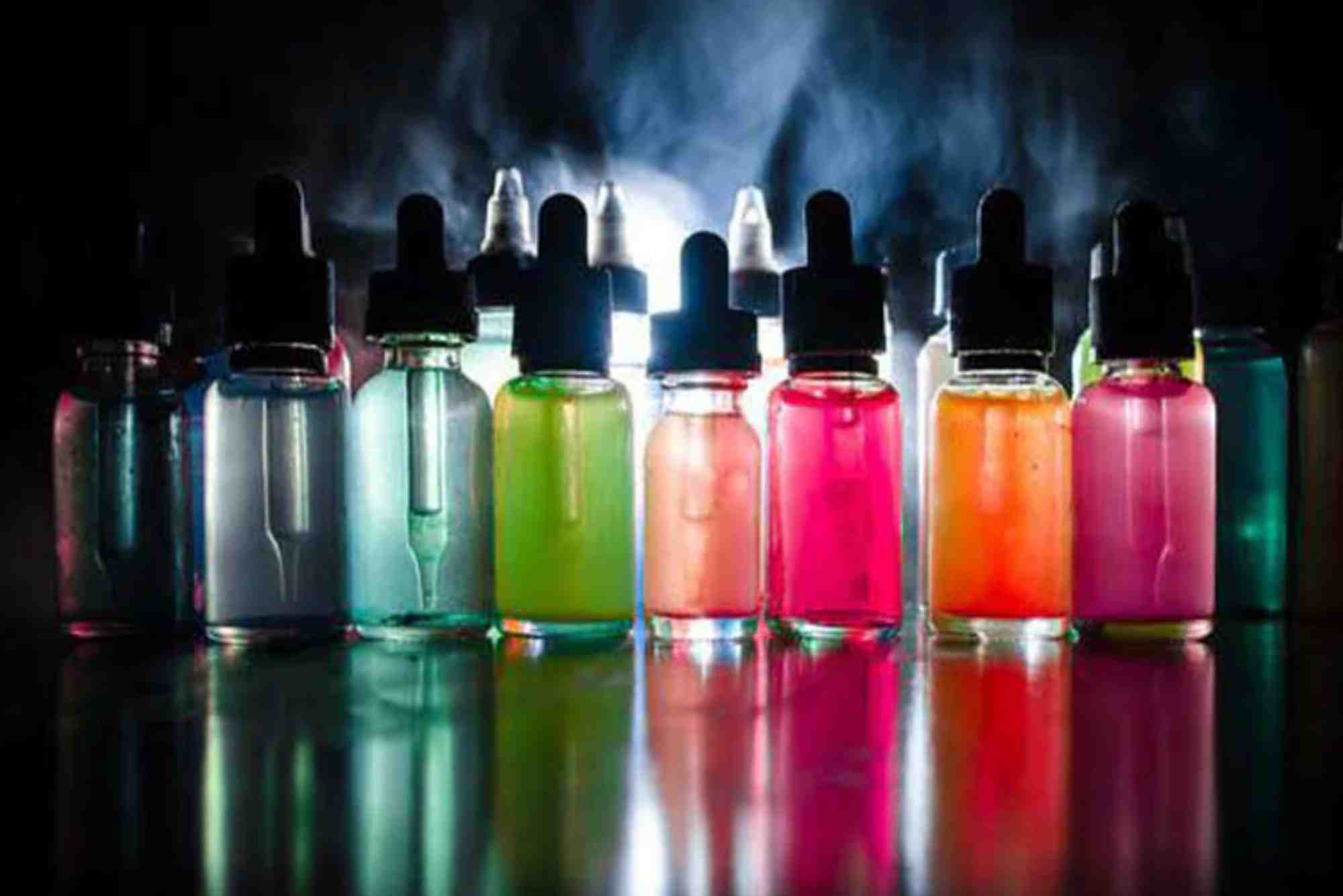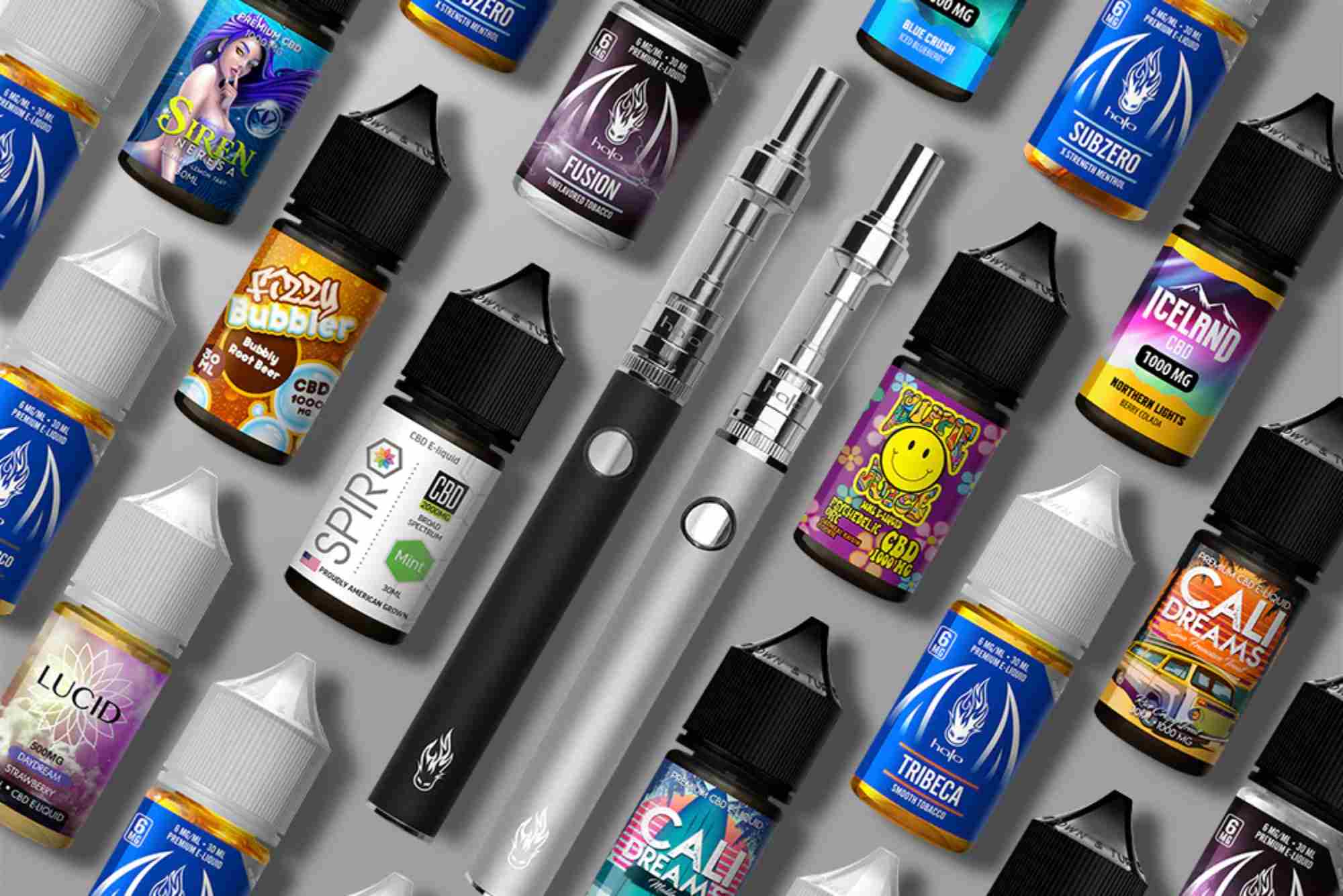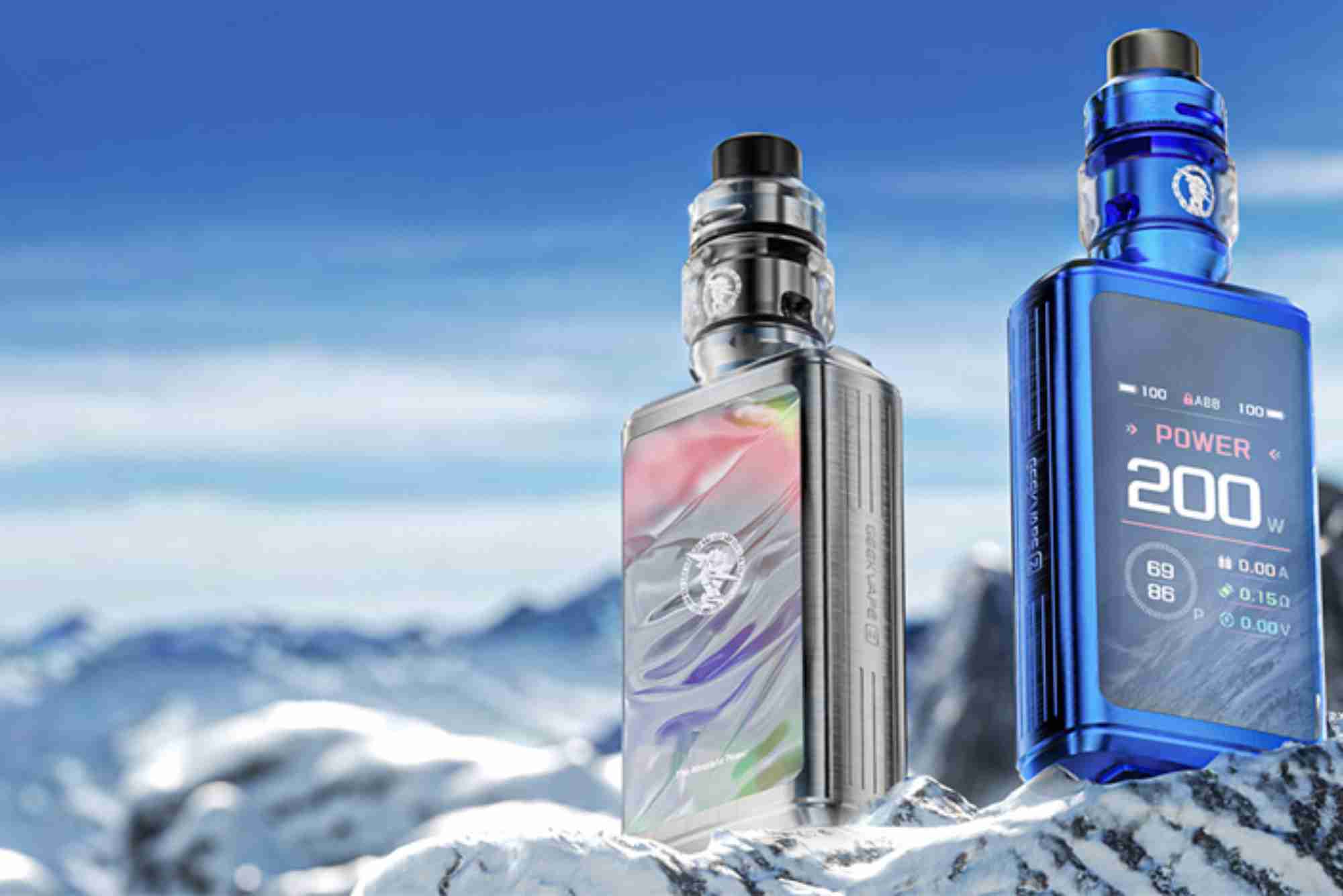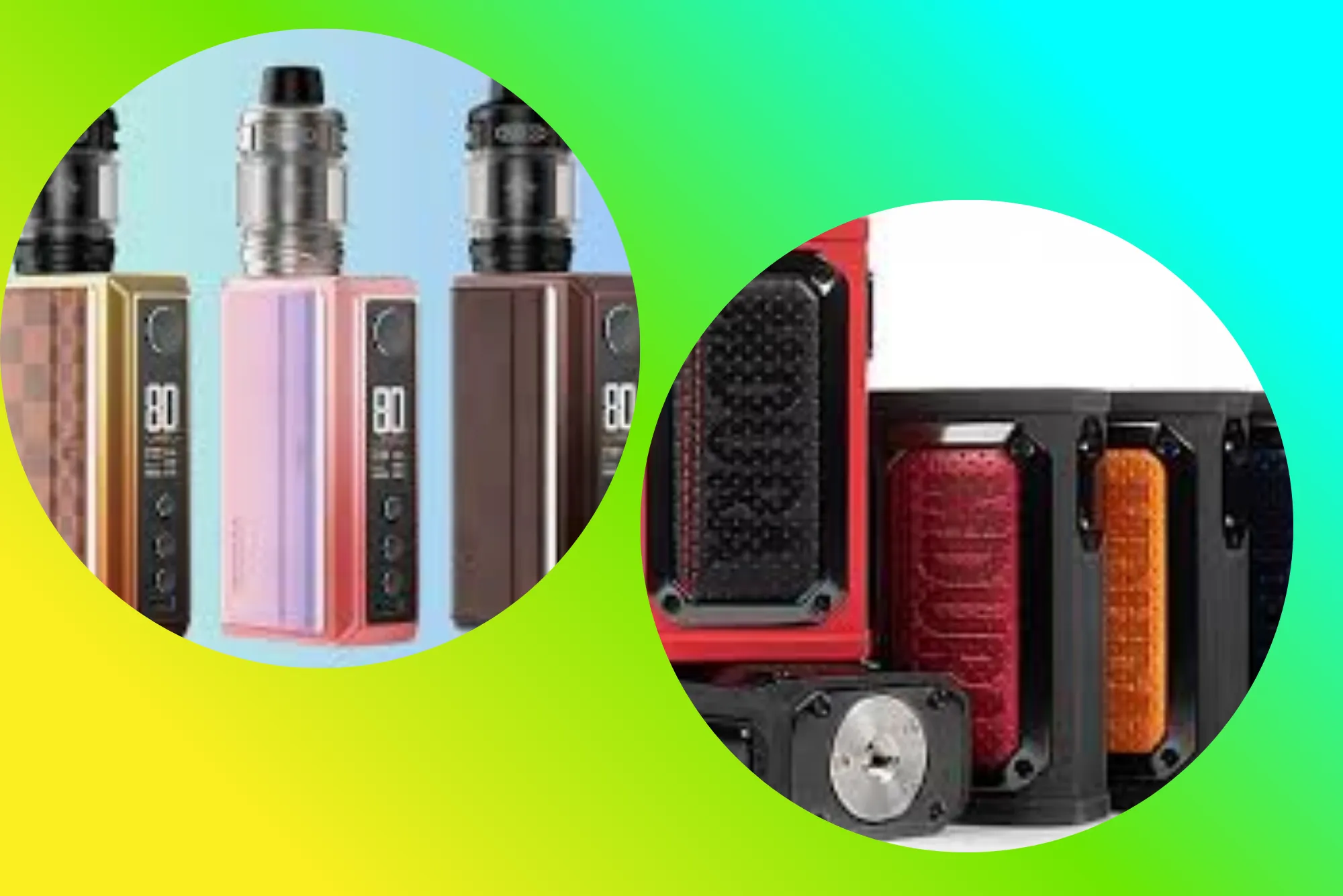Chemical Peel for Hyperpigmentation: Transforming Your Skin with Global Fluorine Chemical LLC
Hyperpigmentation is a common dermatological concern affecting millions of people worldwide. Characterized by the darkening of certain areas of the skin due to excess melanin production, hyperpigmentation can be triggered by various factors such as sun exposure, hormonal changes, inflammation, or injury. While there are several treatment options available, chemical peels have emerged as a popular and effective solution for addressing hyperpigmentation. In this comprehensive guide, we will explore the science behind chemical peels, their benefits, and how Global Fluorine Chemical LLC is revolutionizing skin rejuvenation with its innovative products.
Understanding Hyperpigmentation
Before delving into chemical peels, it’s essential to understand the underlying mechanisms of hyperpigmentation. Melanin, the pigment responsible for determining skin color, is produced by melanocytes located in the epidermis. When these melanocytes become overactive or damaged, they produce excess melanin, leading to the formation of dark patches or spots on the skin.
Hyperpigmentation can manifest in various forms, including:
Melasma: This type of hyperpigmentation is often triggered by hormonal changes, such as those occurring during pregnancy or while taking oral contraceptives. Melasma typically presents as brown or gray patches on the face, particularly on the cheeks, forehead, and upper lip.
Sunspots: Also known as solar lentigines or liver spots, sunspots are dark spots that develop as a result of prolonged sun exposure. They typically appear on areas of the skin that are frequently exposed to the sun, such as the face, hands, shoulders, and arms.
Post-Inflammatory Hyperpigmentation (PIH): PIH occurs as a result of inflammation or injury to the skin, such as acne, eczema, or a cut or scrape. When the skin heals, it may produce excess melanin, leading to the formation of dark spots or patches in the affected area.
The Science Behind Chemical Peels
Chemical peels are dermatological treatments that utilize chemical solutions to exfoliate the outer layers of the skin, stimulate cell turnover, and promote the growth of new, healthier skin cells. By removing the damaged outer layers of the skin, chemical peels can effectively address hyperpigmentation, improve skin texture, and rejuvenate the complexion.
Chemical peels are classified into three main types based on their depth of penetration:
Superficial Peels: These peels use mild acids, such as alpha hydroxy acids (AHAs) or beta hydroxy acids (BHAs), to exfoliate the outermost layer of the skin (epidermis). Superficial peels are suitable for individuals with mild hyperpigmentation and can help improve skin texture and tone.
Medium Peels: Medium-depth peels penetrate the middle layer of the skin (dermis) and typically use trichloroacetic acid (TCA) or a combination of acids to target moderate hyperpigmentation, fine lines, and wrinkles. Medium peels offer more significant results than superficial peels but may require a longer recovery time.
Deep Peels: Deep peels reach the deeper layers of the skin and often utilize phenol or high concentrations of TCA to address severe hyperpigmentation, deep wrinkles, and scars. Deep peels provide dramatic results but require a more extended recovery period and are usually performed by dermatologists or plastic surgeons.
Benefits of Chemical Peels for Hyperpigmentation
Chemical peels offer several benefits for individuals dealing with hyperpigmentation:
Improved Skin Tone: By exfoliating the outer layer of the skin and promoting cell turnover, chemical peels can help fade dark spots and even out skin tone, resulting in a brighter, more radiant complexion.
Enhanced Skin Texture: Chemical peels can smooth out rough or uneven skin texture, resulting in softer, smoother skin.
Stimulated Collagen Production: Some chemical peels stimulate collagen production, which can improve skin elasticity and reduce the appearance of fine lines and wrinkles, resulting in firmer, more youthful-looking skin.
Minimal Downtime: Superficial and medium-depth peels typically require minimal downtime, allowing individuals to resume their daily activities shortly after treatment.
Global Fluorine Chemical LLC: Innovating Skin Rejuvenation
Global Fluorine Chemical LLC is a leading provider of innovative skincare products, including chemical peels designed to target hyperpigmentation effectively. Their products are formulated with high-quality ingredients and undergo rigorous testing to ensure safety and efficacy. Whether you’re dealing with melasma, sunspots, or post-inflammatory hyperpigmentation, Global Fluorine Chemical LLC offers a range of chemical peels tailored to your specific needs.
Chemical peels are versatile and effective treatments for hyperpigmentation, offering numerous benefits for improving skin tone and texture. Whether you opt for a superficial, medium, or deep peel, it’s essential to consult with a dermatologist or skincare professional to determine the most suitable option for your skin type and concerns. With the right treatment plan and products from Global Fluorine Chemical LLC, you can achieve a brighter, more youthful complexion and regain your confidence. Say goodbye to hyperpigmentation and hello to radiant skin!









